This year, the groundbreaking nonfiction children’s picture book And Tango Makes Three celebrates its 20th anniversary. First published in April 2005, Peter Parnell and Justin Richardson’s story about two male penguins at the Central Park Zoo caring for and hatching an egg together. Roy and Silo, the penguins at the center of the book, shared their names with the real chinstrap penguins who formed a bond at the zoo. The pair tried to incubate a rock together, and seeing this, senior penguin keeper Rob Gramzay gave them an extra egg from another penguin pair. That egg became Tango.

And Tango Makes Three has been a staple in classrooms, libraries, and homes ever since. The sweet illustrations by Harry Cole have helped make this work one readers old and young turn to again and again. Its story is a reminder of the diversity of the natural world, especially when it comes to the different ways families can look. Gramzay, in an article from September 2005 about the status of Roy and Silo’s pairing, noted that the zoo had at least four other same-sex penguin pairings–including Tango’s pairing with another female penguin, Tazuni.
Looking back now, it’s little surprise that the book saw wide acclaim upon publication. And Tango Makes Three earned accolades as a Notable Children’s Book from the American Library Association in 2005, a Bank Street College of Education Best Children’s Books of the Year in 2005, a Cooperative Children’s Book Council Choices title in 2006, as well as starred reviews in Kirkus and Publishers Weekly. It was also a Lambda Literary Award finalist. Those endorsements helped solidify the impact of the book in 2005, even as it published into an era where queer representation was rare.
Of course, it’s also little surprise that the book saw pushback near immediately upon publication. In 2006, 2007, and 2008, challenges to And Tango Makes Three began to explode. Parnell and Richardson’s book topped the American Library Association’s most banned books list all three of those years. In 2009, it became the second most-challenged title, followed by a return to the top of the list the following year. And Tango Makes Three was the fourth most banned book in the first decade of the 2000s and the sixth most banned in the second decade of the 2000s. In the 2020s, it is on track to sit atop these same lists.
The reasons, of course, remain the same over the course of these 20 years. The depiction of a happy gay family is seen by some as inappropriate, and by others, it’s deemed downright grooming. The fact that the story is nonfiction, as well as a story of joyful queerness, doesn’t matter. Indeed, those two factors are likely why the book continues to be a popular target and deemed “inappropriate” for its target demographic.
These challenges to And Tango Makes Three are not limited to the United States, either. The book has faced censorship globally, including in England, Singapore, and Hong Kong–it was removed from a school district in south west England, moved by the National Library Board in Singapore from the children’s collection to the adult area, and removed all together in Hong Kong.
Parnell and Richardson have been deeply engaged in the fight against censorship since the early years of Tango. Their activism has only continued into the current battle, where they have been at the forefront of several lawsuits seeking to protect access to their book in the name of the First and Fourteenth Amendments. They’ve settled out of court in Nassau County, Florida schools and they are still awaiting movement in their lawsuit against Escambia County Florida schools.
And Tango Makes Three is a powerful work of children’s nonfiction. It presents young people the factual reality that heterosexuality is not nature’s de facto setting; indeed, this is a theme explored in more works of nonfiction for young people and adults in the 20 years following its publication in works like Eliot Schrefer’s Queer Ducks (And Other Animals). Parnell and Richardson offer to readers a look at nature at its most natural and present a reminder that there is no one way to make or be a family.
It’s also a damn good story about animals and how zookeepers get to know and care for them. These are of perennial interest to young readers, and that these animals were real only adds to the appeal of the book. That’s not to mention readers get the chance to visit the Central Park Zoo from the comforts of their home, classroom, or library.
In honor of entering its second decade of print, I talked with authors Peter Parnell and Justin Richardson about the book, its legacy, and where and how they continue to find the energy and enthusiasm to continue fighting back against rampant censorship.
Where and how did you pitch this picture book when you came up with the idea for it? Can you paint a bit of a picture of that moment socially and culturally and, perhaps, in publishing? Was the path from idea to manuscript to agent to editor pretty straightforward or did it take a more unique path?
Peter: Justin and I learned about the birth of Tango to two dads early one winter morning over breakfast and the New York Times. Dinitia Smith’s brilliantly titled article, “Love That Dare Not Squeak Its Name,” broke the news in the paper’s Arts & Ideas section on February 7, 2004. To give you a sense of the cultural landscape at the time, conversations that week were dominated by Janet Jackson’s “wardrobe malfunction” six days earlier at the Superbowl halftime show–not exactly a highwater mark for mature discourse on human sexuality in America. Five days after the article ran, then mayor of San Francisco Gavin Newsom rocked the nation by issuing marriage licenses to same-sex couples in defiance of California state law. The marriages were later invalidated, but they energized the queer community and our opponents. By the end of the month, President George W. Bush had endorsed an amendment to the Constitution to ban same sex marriage.
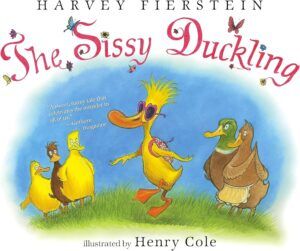
The sum total of children’s books published by mainstream presses centered on gay characters at the time was exactly zero. Alyson Books had blazed the trail years earlier with Heather Has Two Mommies (the original version with a fairly grownup depiction of how Heather came to be) and Daddy’s Roommate. But there was a new openness at many of the publishing houses, including at Simon and Schuster Books for Young Readers, where our future editor David Gale had stuck his toe in the water with Harvey Fierstein’s Sissy Duckling.
Justin insisted we start to draft the book immediately. We shared it with Justin’s agent, Eric Simonoff. He gave us notes, we revised the manuscript, and in a very short time there was an auction. It was a sign of the readiness for this book that from the moment of conception to its publication the journey was nearly seamless.
Where and how did you realize that there was a whole book in this story? That it was the kind of story that would resonate with young (and not so young) readers?
Justin: I had recently co-authored a parenting book with Dr. Mark Schuster called Everything You Never Wanted Your Kids to Know about Sex (But Were Afraid They’d Ask). That book was based on several years of speaking at schools across the US to parents, many of whom wanted to communicate their views about sexuality to their children but were struggling to find the “right” words. This included parents who wanted to speak about kids with two moms or two dads. Picture books are enormously helpful to parents struggling to find language to discuss potentially charged issues. That answers your question about the not so young readers.
As for children, that was more intuitive. Quite apart from the gay “issue” aspect of the book, Tango is a story about two little characters who want to do what all the mommies and daddies around them can. They try but fail, until a kindly human helps them get their wish. This is the story of daily life as a child. In this way, we felt that Tango would speak not only to so-called non-traditional families but to all children who, in early childhood, want to do something big and, with the support of a parental figure or figures, are able to triumph. That Roy and Silo’s success results in a cuddly little chick and a happy family only adds to the story’s cozy pleasures and reassurance.
Were there any books that helped with the inspiration or drafting process of And Tango Makes Three?
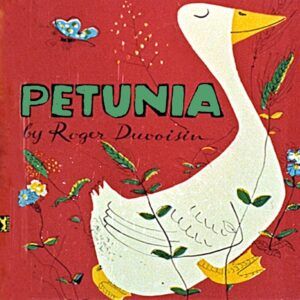
Peter: We both grew up reading and loving picture books. Justin’s favorite was Munro Leaf’s The Story of Ferdinand; I loved Madeline and Petunia, the story of a goose who desperately wants to read. We both loved Make Way for Ducklings. We pulled out all our favorite books when we were writing Tango and spent hours in the children’s section of the Strand Bookstore. In addition, I had worked with Maurice Sendak, and Sendak, as a friend, made some helpful suggestions once the art direction of the book began to take shape.
What was the early reception of And Tango Makes Three? What kind of readership did it garner in those early days and have you noticed a change in who is picking up and sharing the book in the life it’s had since?
Justin: When the book was released, we sort of held our breath. Our editor, David Gale, probably did as well. When one pre-publication review after another was starred, David was just beside himself with pride but also, I suspect, relief.
Tango received wonderful support. At bookstore readings, we could immediately see the effect it had on queer parents in particular, as well as on gay couples who were about-to-be parents. This was at a time when the idea of gays and lesbians becoming parents was still surprising to some. So much has changed in 20 years. What’s probably most moving to us is meeting adults who grew up with the book and let us know what it meant to them. We recently heard from a mother who was helping her gay son pack up his room to go off to college and watched as he put Tango in his suitcase. No children’s author could wish for more.
What has been one of the most surprising and/or exciting moments in the life of this book for you as authors?
Peter: There have been many! A few years after the book was published, we received an award called the Living the Dream Award from the fifth grader students of three New York City schools. The students had spent the year reading books, discussing them, and debating which they thought most furthered the spirit of Martin Luther King Jr. I’ll never forget what it was like to sit in that school gymnasium in the East Village and listen to the children read their essays explaining why they selected our book. It was incredibly moving. Afterwards, one of the schools’ librarians wrote us thanking us for helping them “raise ethical humans”. I reread that letter every now and then when I need a boost. The award has a special place on our bookshelf.
And Tango Makes Three was not the first nor second nor third (etc.) LGBTQ+ positive picture book, but it is among the earliest, and it was certainly among the earliest works of nonfiction. Where and how has the landscape for queer picture books changed in the last 20 years and where do you see it going in the next 20?
Peter: The success of Tango gave many mainstream publishers the courage (and the cover) to publish works for children with queer characters. There are now many picture books we love with LGBTQ themes as well as many YA books with characters who have two moms, two dads, single parents, adoptive parents, and who are themselves happy with who they are, or who they’ve become, or are on the journey questioning their sexual orientation and/or their gender identity. Today, the future of these books is not as rosy as it seemed a few years ago.
Justin: The attacks on books like ours led by right wing interest groups and sustained by some state legislatures and school boards are endangering these stories and the children who need them. We hope that authors and publishers remain steadfast in the face of book bans and attacks on public education in general. School teachers and librarians are among the bravest people we know in this crisis.
Over the last several years as book bans have once again escalated, you have brought several lawsuits against institutions where And Tango Makes Three has been targeted. Can you talk about some of the successes of this tactic of pushing back and where/how you have been using the legal system to defend the book–and the rights for young people to access it–at this moment?
Justin: Following the Supreme Court’s 1982 ruling in the case of Pico v. Island Trees School District, it has been understood that the First Amendment protects books from being removed from a public library based on objections to their content or viewpoint. Tango has been challenged countless times across the US over the past 20 years, but it was never officially removed from a library collection until Escambia County, Florida did so in 2023. Two other Florida counties followed, and in an effort to reaffirm the Court’s 1982 decision and to challenge the constitutionality of the horrid Don’t Say Gay law, we sued them.
In one county, our book was quickly returned, and a federal judge ruled that Don’t Say Gay does not apply to library books (a fact the Florida Department of Education has done little to publicize). In another county, we reached an agreement to have our book and all 35 others that had been banned returned to the shelves. But Escambia refuses to budge. As the sole county in the United States to have banned our book, Escambia has spent hundreds of thousands of dollars in legal fees to defend their demonstrably unconstitutional act. Our lawsuit remains ongoing (as does a similar case launched by PEN America with five other authors as plaintiffs).
Peter: Of course, in all of the book banning around the country, the people who lose out the most while these and other cases are being decided are the kids themselves who don’t have access to the books and who must attend schools that contend books that depict families like theirs must be censored.
You have long been at the forefront of book censorship, and And Tango Makes Three has been one of the most banned books almost annually since its publication. What keeps you motivated to fight against censorship, even 20 years on?
Justin: This may sound corny, but…the Constitution. Tango has not only been challenged in the US. When facing the Singapore government’s threat to pulp every library copy of our book, we felt proud that our Constitution protects children’s access to books like ours. Our Bill of Rights is a great source of inspiration for us. So, too, are the many organizations and individuals who have made it their life’s work to defend those rights.
Peter: When Tango first started being challenged around the country, we contacted the American Library Association [ALA] and were befriended by the late Judith Krug, then chair of their Office for Intellectual Freedom. Judy remains one of the most extraordinary people we’ve ever met. For several years, going to the annual ALA Read-Outs for Banned Books in Chicago and reading Tango aloud alongside writers like Judy Blume, Robie Harris, and Stephen Chbowski was, well, hard to top…
I am a member of the group Authors Against Book Bans, [AABB] which is a grass roots organization founded by a group of terrific writers from all around the country who follow all the legal challenges books are facing, and use various targeted actions and tactics, especially in opposing the activities of school boards who have responded by removing challenged books, often in ways that run counter to the very rules they’re supposed to use in considering banning a book. AABB works in conjunction with PEN America and the ALA, and this network is continuing to expand, especially as the removal and banning of ALL kinds of books becomes more and more pernicious. One of the most effective tactics AABB uses is to have authors show up at these school board meetings during the public hearings that are supposed to be held, in which they advocate for their work alongside the citizens who are themselves fighting to keep those books on the shelves.
Justin: Our amazing lawyers, Selendy Gay, amaze and inspire us. Without their brilliance, remarkable hard work, and generosity, we simply could not maintain this fight.
And then, of course, there are our memories of what it was like to grow up without books like these. It’s quietly destructive to children never to see themselves depicted in the books they read. Too many people fought too hard and for too long to get books like Tango into school libraries. We refuse to sit by and let them be taken away.
What advice or wisdom would you share with parents about protecting the right to read in public schools and libraries? What about with teachers and educators?
Peter: Our best advice is to follow what your local school boards are doing, defend the right to read openly and defend it directly to those boards when that right is being threatened — and if possible, run to be elected to the school board yourself. It’s important to understand that in many cases, even after the expert committees made up of community members, teachers, and parents vote to keep books in the library, school boards have gone against that advice and banned them. That was the case for Tango in Escambia, Florida.
Teachers and educators are largely doing everything they can in this fight. We don’t ask anyone to give up their job – but we certainly know of librarians who have sued for defamation when they’ve been personally attacked on social media and others who have resorted to legal means when being fired or forced to quit or be relocated. Connect with the ALA, PEN, AABB, and other great organizations so you know you’re not alone. We’re all in this fight together.
While your youngest readers may not (yet!) be engaged in the work to protect the right to read, many teenagers are. What encouragement would you give them as they battle uphill against censoring institutions and a censoring government? Where and how do you challenge them to keep fighting the good fight and know that it is the right side of history to land?
Justin: In the words of the Supreme Court, “students don’t lose their rights at the schoolhouse gate.” Remember that Steven Pico was a teenager when he sued his high school over their banning 11 books. On the day his case was set to be argued before the Supreme Court, Steven was asked on CBS news, “’Do you really think you’re going to win here?’” Steven said, “We might lose 5-4, we might win 5-4, but I’m sure it’s going to be a 5-4 decision.” The reporter replied, “You’re so naïve. I’ve been the law correspondent at CBS news for 30 years, and you’re going to lose 7-2.” Steven won, and that decision saved countless books from banning for decades.
Why do you think And Tango Makes Three endures?
Who doesn’t love penguins?



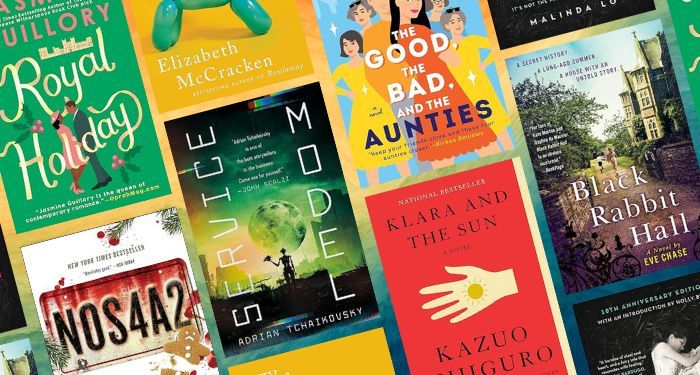
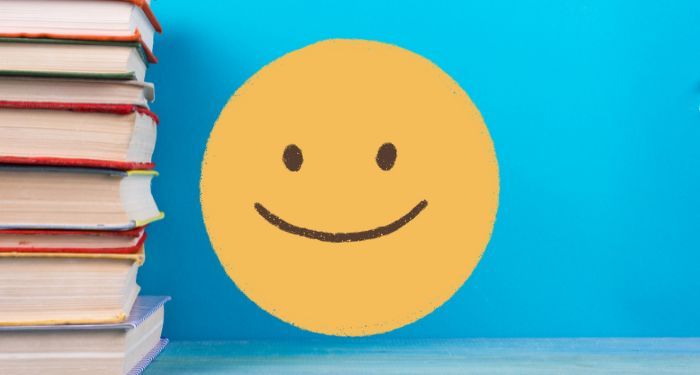

.jpg.webp?itok=1zl_MpKg)


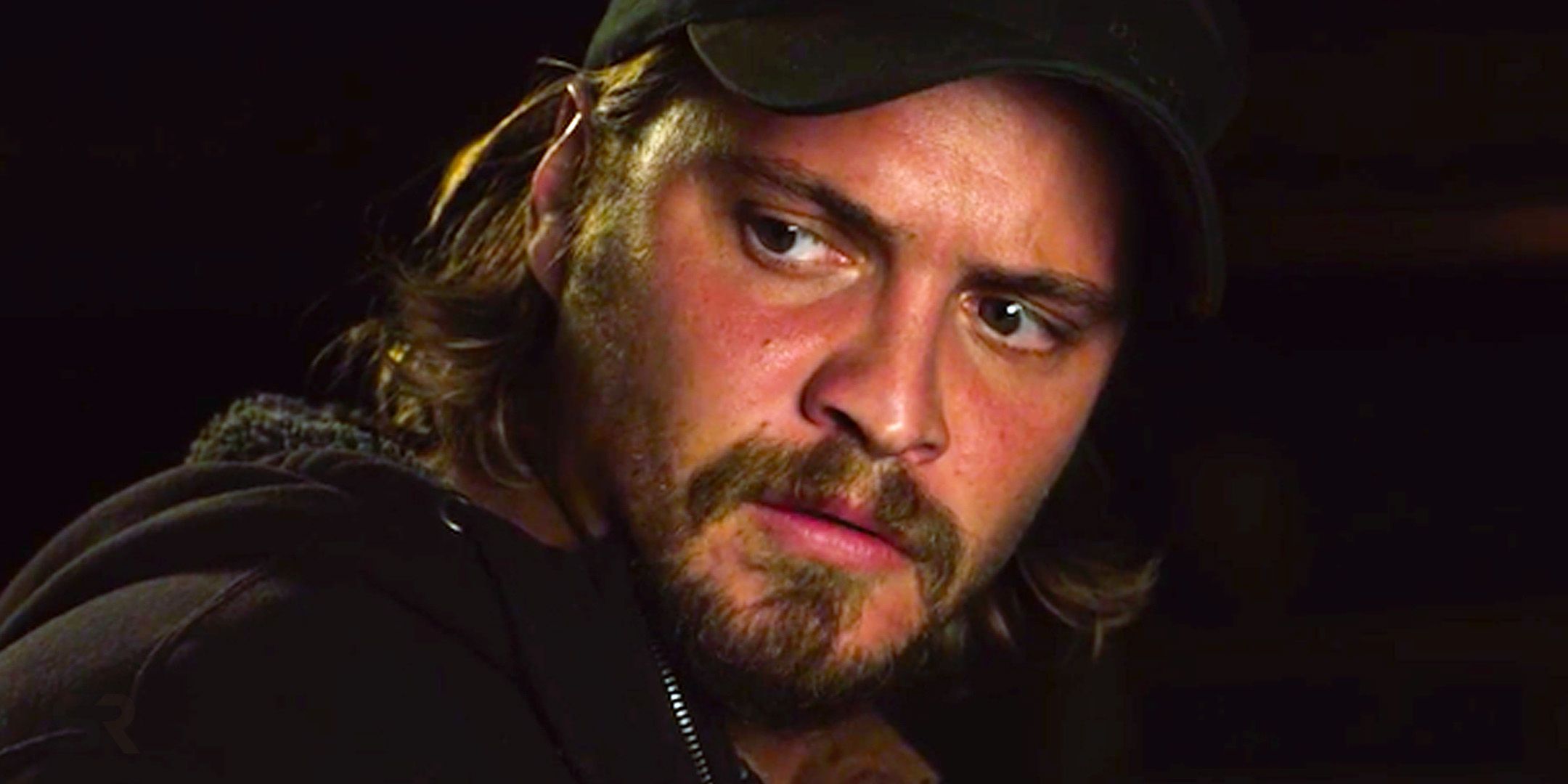


 Bengali (Bangladesh) ·
Bengali (Bangladesh) ·  English (United States) ·
English (United States) ·